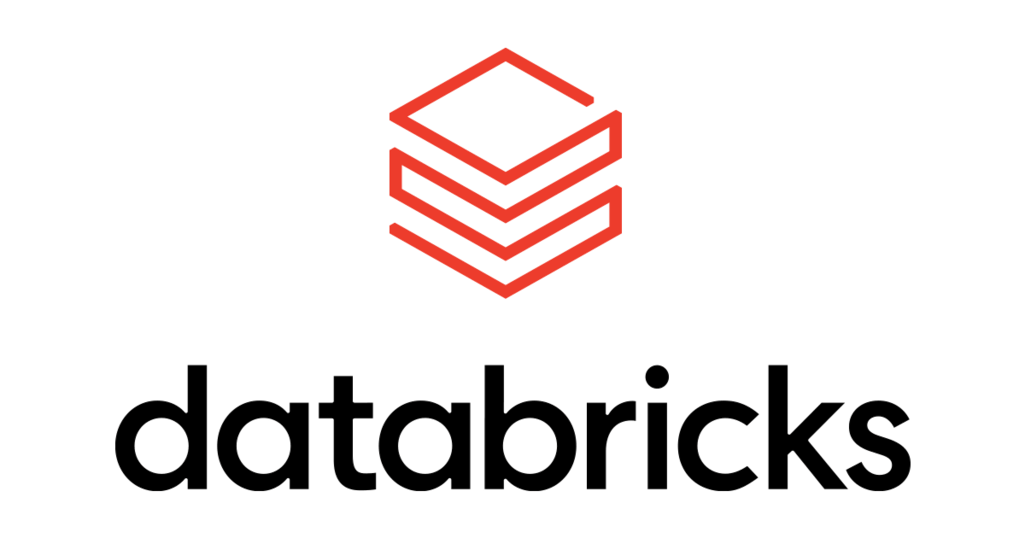Data quality is a critical component of any data governance program. High-quality data enables organizations to make informed decisions, optimize processes, and drive business value. This beginner’s guide will cover best practices to ensure data quality within your organization.
Implementing these data quality best practices can help you maintain accurate, consistent, and reliable data, enabling them to make better-informed decisions and drive business value.
By prioritizing data quality and adopting a proactive approach to data management, organizations can enhance their overall data governance efforts and unlock the full potential of their potential of their data assets.
Remember, data quality is not a one-time effort, but an ongoing process that requires consistent attention and commitment from the entire organization. By following these best practices and fostering a culture of data quality, organizations can ensure that their data remains a valuable and trustworthy resource for decision-making, process optimization, and strategic planning.
Define Data Quality Metrics
Begin by defining specific data quality metrics that are relevant to your organization. These metrics may include completeness, accuracy, consistency, timeliness, and uniqueness. Establishing clear objectives and performance indicators will help you measure the success of your data quality initiatives.
Create Data Quality Rules and Standards
Develop clear rules and standards to maintain data quality across your organization. These rules should be based on your defined data quality metrics and should be consistent across all data sources and systems. Clearly communicate these standards to all relevant stakeholders and provide guidelines for data entry and validation.
Implement Data Validation Techniques
Use various data validation techniques to ensure data accuracy and consistency. These techniques can include input validation (e.g., range checks, format checks), cross-field validation, and cross-system validation. Automating data validation processes can help reduce human error and improve data quality.
Establish Data Cleansing Processes
Identify and rectify data quality issues through data cleansing processes. These processes can include correcting errors, standardizing formats, and filling in missing values. Regular data cleansing helps maintain data accuracy and consistency over time.
Monitor Data Quality Continuously
Set up continuous monitoring systems to track data quality metrics and identify potential issues. Regular monitoring allows for timely detection and resolution of data quality problems. Establish thresholds and alerts to notify relevant stakeholders when data quality issues arise.
Create a Data Quality Team
Assemble a dedicated data quality team with clearly defined roles and responsibilities. This team should include data stewards, data analysts, and other experts responsible for ensuring data quality across the organization. Encourage collaboration and communication among team members to address data quality issues more effectively.
Invest in Data Quality Tools
Leverage data quality tools and software solutions to automate data validation, cleansing, and monitoring processes. These tools can help identify, correct, and prevent data quality issues more efficiently. Evaluate different data quality tools based on your organization’s unique needs and requirements.
Foster a Data Quality Culture
Promote a data quality culture within your organization by providing regular training and awareness programs. Encourage employees to take ownership of data quality and recognize the value of high-quality data. Creating a culture of data quality helps ensure that everyone in the organization understands and follows data quality best practices.
Establish Data Governance Policies
Develop and implement comprehensive data governance policies to guide data management processes, including data quality. Data governance policies should address data ownership, stewardship, and lifecycle management, among other aspects. Effective data governance helps support and reinforce data quality initiatives.
Conduct Regular Data Quality Audits
Perform periodic data quality audits to assess the effectiveness of your data quality processes and identify areas for improvement. Use the results of these audits to refine data quality rules, standards, and processes as needed. Regular audits help ensure ongoing data quality improvement and compliance with established standards.
Learn More
Contact us to learn more.








